#Lenotre
Text


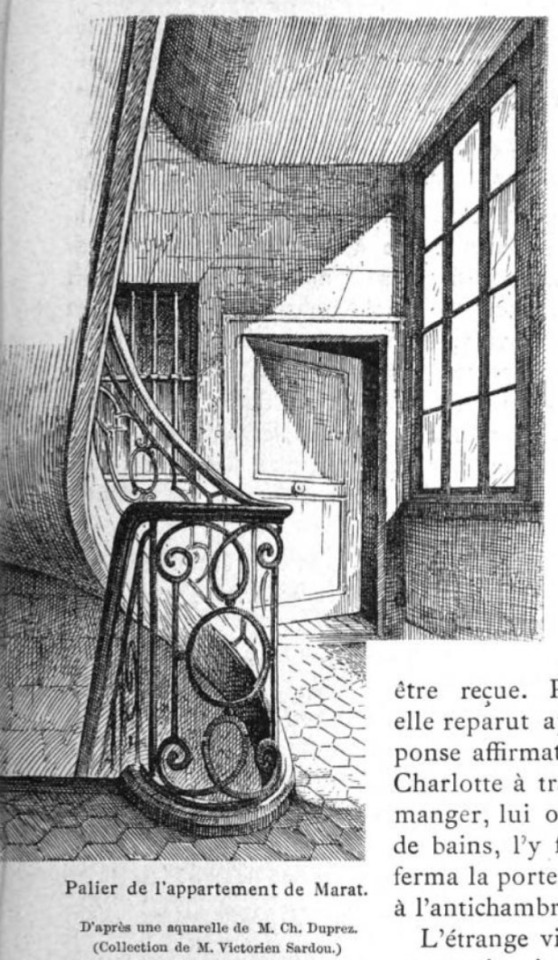
Marat’s apartment. From Paris révolutionnaire, G. Lenotre, 1895
36 notes
·
View notes
Photo

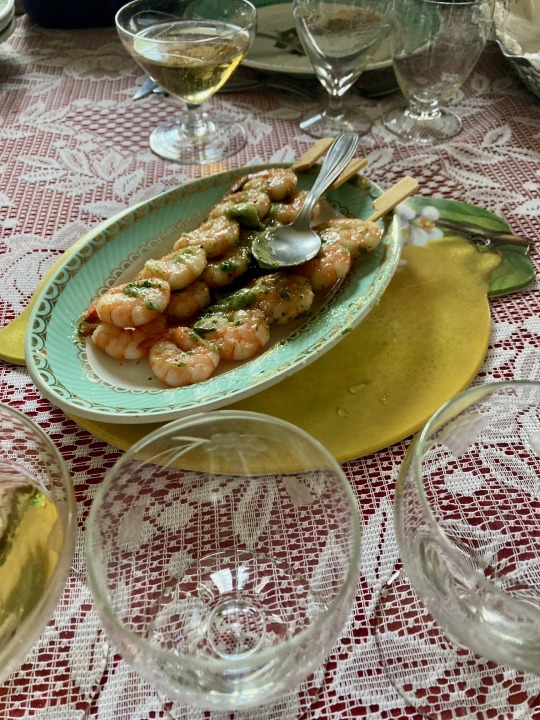

Gâteau framboises-nougatine par Lenôtre, brochettes de crevettes-basilic, plateau de fruits de mer, Pâpitou (testé et ramené de Dordogne) et bulles ^^)
6 notes
·
View notes
Photo

Inspiring moments for me. • • • • #paris #lenotre #inspiration #france #designer #instagay #sunglasses (hier: Jardin des Tuileries) https://www.instagram.com/p/CidiOviNkL1/?igshid=NGJjMDIxMWI=
0 notes
Note
How was Saint-Just relationship with his sisters? Was it a good one?
Saint-Just was the oldest of three children, and the older brother of Louise-Marie and Marie Francoise Victoire. He was born in 1767, with his two sisters being born soon after in 1768 and 1769. According to Bernard Vinot, shortly after SJ was born in Decize, he was sent to what is essentially a foster care home in Vernueil under supervision of his mother's brother, a priest. In 1771, the young Antoine, or Léon, as his family likely referred to him as a boy, joined his parents and sisters in Nampcel, where his parents moved shortly after he was born. In 1773, the family returns to Decize. Shortly after in 1776, Saint-Just's father buys the house that is known as the Maison de Saint-Just in Blérancourt. Not much can be said of Saint-Just's relationship with his sisters in their early lives, apart from the likely squabbles and playing together that is typical of young siblings. This is because Saint-Just, when he was around 12 years old, went to the Oratorian school in Soissons, and likely only came home for holidays and school breaks. In terms of closeness to his sisters, SJ was a witness to his sister Marie Francoise's wedding in 1791, where his name is recorded as "Louis Léon."
Louise-Marie married in 1790 to the notary Emmanuel Decaisne. It is assumable that Saint-Just had a good relationship with them both, as Decaisne assisted in paying for Saint-Just to publish his Espirit de la Révolution in 1791. From what I have gathered, the couple had nine (!!) children together. Louise-Marie, after her brother's death, was apparently dedicated to keeping his memory alive. According to the historian Lenotre, who visited the Saint-Just family in their town in the early 1900s, Saint-Just’s great-neice upon discussing Saint-Just said, “Poor uncle Antoine!” And this is where the reference to Saint-Just as "poor uncle Antoine" comes from, as his other sister did not have any children.
Saint-Just’s younger sister Marie Francoise married Adrien Bayard, a notary and judge, on the 21st of November 1791. Here is an excerpt of a letter that SJ wrote to Adrien in December of that year:
"I did not know, my dear brother, that the indisposition of our sister would have had consequences; mother had told us to leave her to mend her health. Take care in case the rough waters and air of our mountains should be the cause of her feeling ill. I advise you to make her drink a lot of milk, and to do not make her drink water.
... However, by Christmas I will have the pleasure of embracing you both. If you notice that the air is inconveniencing your wife, send her to us for a while; she does not doubt the tender friendship with which she will always be received by us. I hope that this marriage will not have separated us and that we will not forget neither one nor the other, the feelings which must unite us. Write to us, both of you, from time to time, and in particular do not let us ignore, by the time I leave to see you, what will be the consequences of the illness of my sister. I can not wait to see her so I can reassure myself. Cheer up your bride, and above all, make sure she does not experience any domestic grief of the nature of those whom she would not dare to entrust to you. ....
... Farewell. Embrace your dear wife, embrace her even from time to time, for me, so that she will remember that I love her and give her back to you. I am your brother and your servant."
After Saint-Just is elected to the Convention in 1792, he goes to Paris, and likely does not return home again until May 1, 1794 (12 Floréal). We aren't sure how much he communicated with his family while he was away to Paris or on missions, as a majority of his letters and belongings were destroyed and/or sold after his death. But in particular, I find it interesting and admirable how his family preserved his memory and was determined to not let their dear Antoine be forgotten.
87 notes
·
View notes
Text
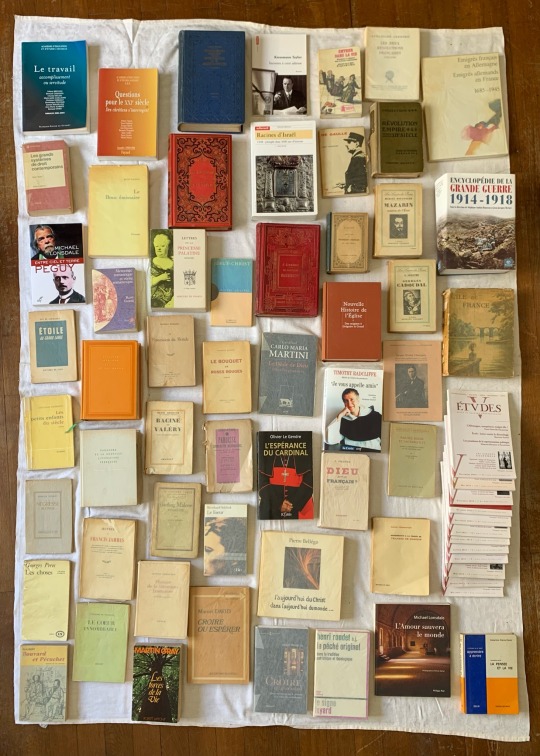


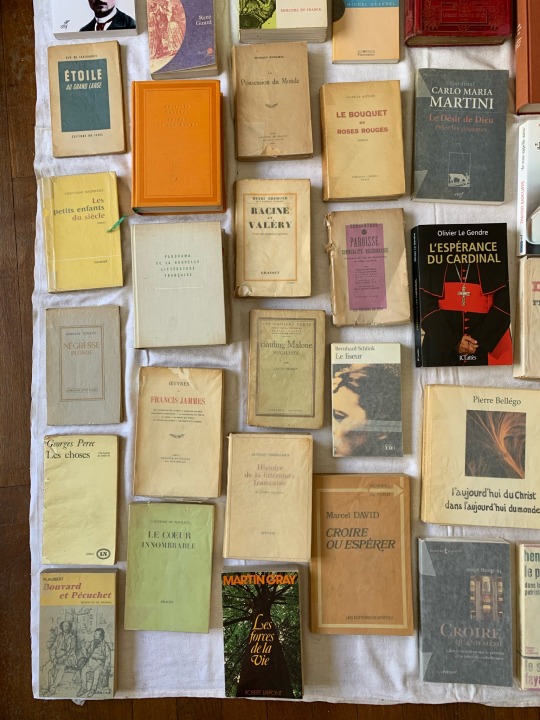

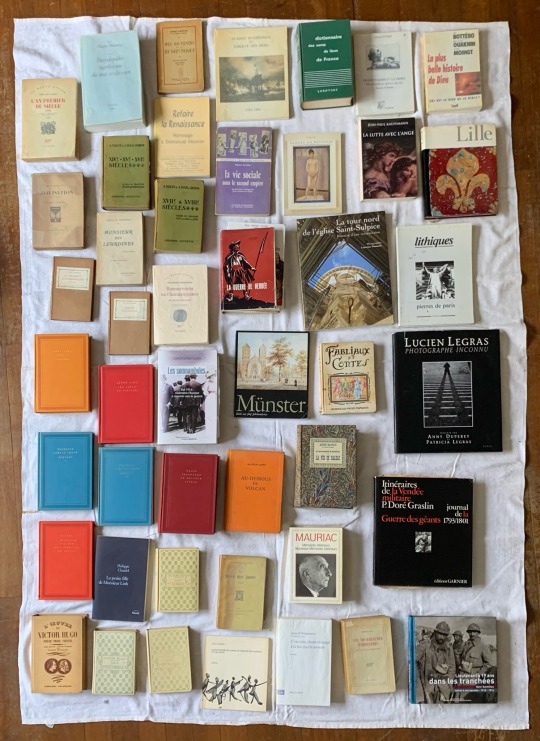
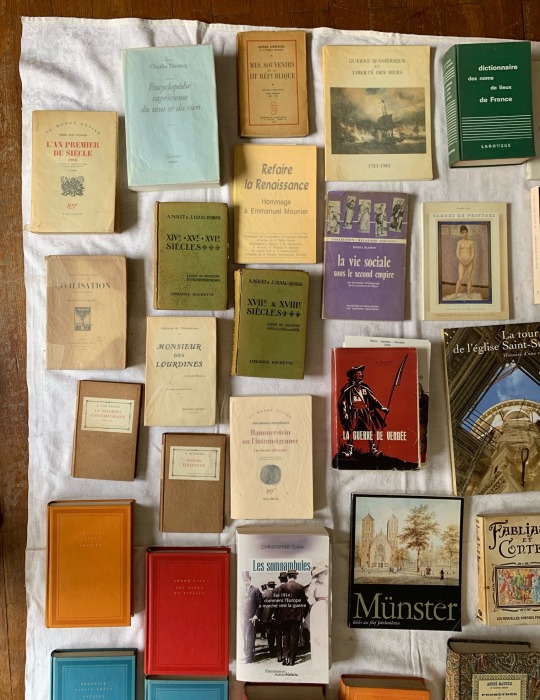
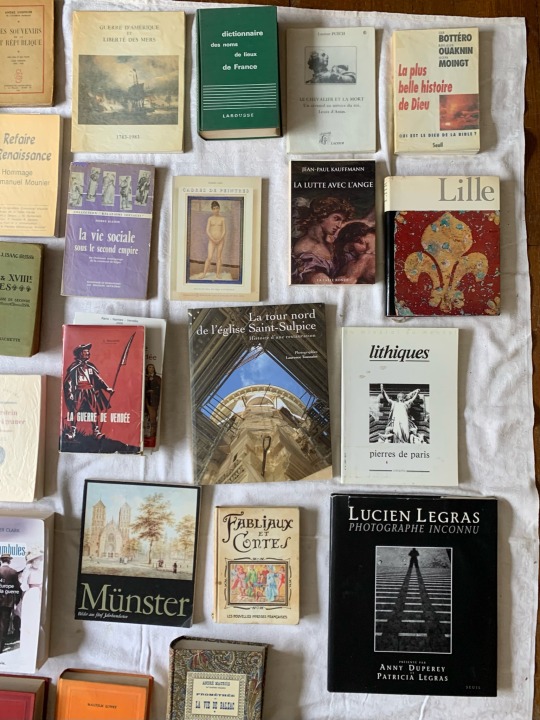


Bonjour à tous,
J’ai hérité d’une partie de la bibliothèque de mon arrière grand-père ! Grand germanophile et passionné d’Histoire. Il avait pour habitude d’offrir un de ses livres à chaque arrière petit-enfant pour Noël. Alors, pour perpétuer cette tradition à ma façon, voilà les livres que je ne lirai pas et que je peux vous donner s’il y en a qui vous intéresse !
Vous pouvez m’envoyer un message privé. N’hésitez pas à partager ce post et à en parler autour de vous ✨
Ps : quand il n’y en a plus, il y en a encore !
Je donne également :
Lettres et Propos sur l'Art, Nicolas Poussin
La tentation de l'Occident, André Malraux
Le Ciel et l'Arcadie, Maurice Denis
Face au drapeau, Jules Verne
Les vieux souvenirs, Prince de Joinville
Vielles Maisons - Vieux papiers, G. Lenotre
Le mystère français, Emmanuel Todd et Hervé Le Bras
Discours sur l'Histoire universelle, Bossuet
l'Histoire du sentiment religieux en France + La poésie pure, Henri Bremond
Histoire de France + Histoire de deux peuples, Jacques Bainville
Histoire contemporaine : philosophie mathématiques
Le XVIIème siècle, Lagarde et Michard
Récits du temps Mérovingien, Augustin Thierry
Histoire d'Allemagne, Charles Bonnefon
L'Allemagne, Edmond Vermeil
L'Allemand, Jacque Rivières
Français et Allemands, Louis Reynaud
La guerre sous les mers, Edmond Dellage
Précis de droit maritime, Georges Ripert
Chronique des Pasquiers, Georges Duhamel
Les coulisse de l'Histoire, Octave Homberg
Splendeurs et misère de M. de Chateaubriand
Des livres sur Charles de Gaulle ainsi que sur sa femme, des oeuvres d'André Maurois, Emmanuel Mounier, et Katherine Mansfield. Une grande collection de l'oeuvre de Jules Romain. Certains volumes de la collection Semaines sociales de France, ainsi que de l'A.E.S.
Et si vous parlez allemand, il y a toute une collection de livres allemands !
24 notes
·
View notes
Text



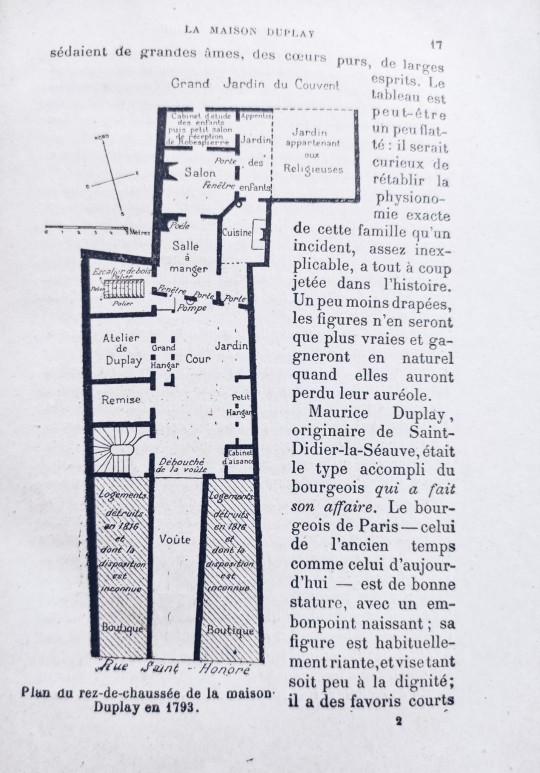
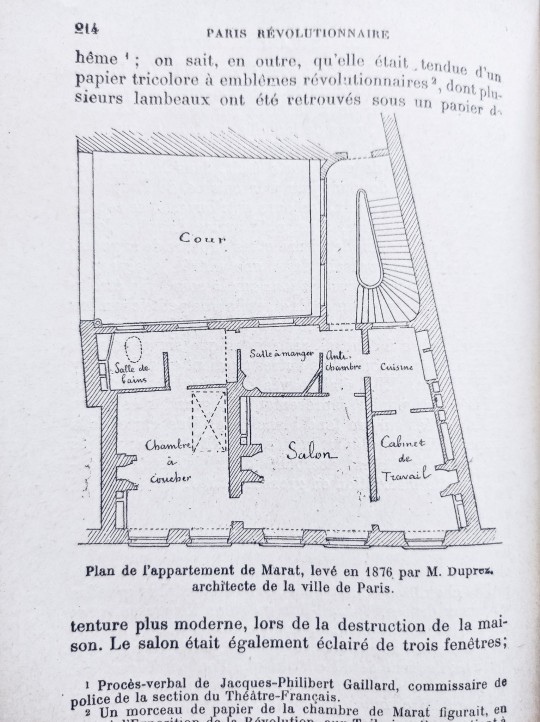

Paris Révolutionnaire - G. Lenotre, 1922
With layouts of Marat's and the Duplay's appartements, a 1920s picture of the Robespierre house in Arras (which hasn't changed a bit) and engravings of various revolutionary places throughout time
65 notes
·
View notes
Text
Charlotte Robespierre’s post thermidor pseudonyms compilation
13 thermidor. Citizens Laporte, Canone, Gérard, Widow Gérard, Carraut, the Robespierre sisters. Arrest.
Arrest warrant for Charlotte. Cited in Charlotte Robespierre et ses amis (1961)
Section du Contrat-Social. The 13th of Thermidor, Year II. There was brought before us Citoyenne Carraut, who was found at Citoyenne Béguin’s in the Rue du Four, No 482, Section du Contrat-Social. She was asked her name, age, rank and residence. She replied that she was called Marie Marguerite Charlotte Robespierre, twenty-eight years of age, living on her income, and residing for about a month past at Citoyenne Laporte’s, No. 200, Rue de la Réunion.
Cited in Romances of the French Revolution (1908) by G. Lenotre
I was not the one who repudiated my name; it pains me to say it, but Mlle Robespierre was the one who took her mother’s name, Charlotte Carreau (sic).
Le conventionnel Le Bas: d’après des documents inédits et les mémoires de sa veuve (1901) page 147
The Abbé de Saint-Waast, who knew Maximilien's aunts, interested in his favor by his progress and his passion for work, gave him one of the scholarships available to him at the Louis-le-Grand college in Paris, where the Oratorians had replaced the Jesuits, expelled from France in 1762 The separation was painful: Maximilien was only eleven years old. A canon of the chapter of Notre-Dame, M. de la Roche, relative of the family, becomes his protector. Charlotte bore the name of Mlle de la Roche for some time under the Restoration, as indicated by a letter from Laignelot to Agricol Moureau from August 1 1825, cited by Hector Fleischmann page 115, note 2.
Charlotte Robespierre et ”ses mémoirs” (1959) page 9. Unfortunately, I can’t find the letter mentioned here, nor the work it was cited in.
I recollect that, about 1833 or 1834, a sister of Marat lived on the top floor of a house on the Place Saint-Michel… Mlle Marat disliked Robespierre’s sister, who was also still alive and in Paris, and did not associate with her. Mlle Marat had character: Charlotte Robespierre was absolutely lacking in strength of mind. The former retained her name; the latter concealed hers under the pseudonym of Caroline Delaroche. These two sisters of members of the Convention had only poverty and love of work in common. One made watch-springs in her solitude; the other, in company with Mlle Mathon, who died at Icaris, in Cabet’s community, made underclothing.
Souvernirs historiques volume 2, page 293 by Pierre Joigneaux, cited in Romances of the French Revolution (1908) by G. Lenotre page 35
#charlotte robespierre#caroline delaroche#robespierre#frev compilation#elisabeth lebas#elisabeth duplay
12 notes
·
View notes
Video
Can you guess how long it took me to create “Hachi” 🤔 My newest painting is currently hanging in The Louvre in Paris 🇫🇷 She’s part of @sallycentigrade booth C19 at the festival, in the Lenotre zone. 🐝 And if your interested in my bee-autiful girl please email the gallery [email protected] 🤗
8 notes
·
View notes
Text

“ — and the two sisters thrown on their bed, holding onto each other, chocking on their sobs, one crying for her husband, the other for her fiancé...” (source)
Lenotre says a lot of shit (earlier in that text he says Eleonore must have dreamt about being queen of France on that very same bed, which is an insult to her intelligence and republicanism), and I don’t think Eleonore and Elisabeth were alone at their parents’ home rue Saint-Honoré the night after the executions of the 10th Thermidor, because the two of them were arrested a few days later at Elisabeth’s place, if I’m not mistaken. But I have to admit Lenotre got me here with the image of the two sisters crying in each other arms. Thinking about those who were left behind and had to live with their grief is just 😭😭😭
10 notes
·
View notes
Photo

Les Soeurs de Noe 🌼Jardin de Macarons 🤍is a sweet and floral fragrance evocative of the Lenotre gardens of Versailles.Call Me Iris 🤍is the breathtaking encounter of the sensual Iris and the mysterious Incense.
#lessoeursdenoe #callmeiris #jardindemacarons #rosinaperfumery
2 notes
·
View notes
Text
Lenotre, Sweet Shop(Tokyo, Japan) ルノートル★★
I had tea at Lenotre in Marunouchi (^o^)
It is said to be a famous patisserie in Paris (^o^)v
丸の内にあるルノートルでお茶して来ました(^o^)
パリの有名なパティスリーだそうです(^o^)v






0 notes
Text


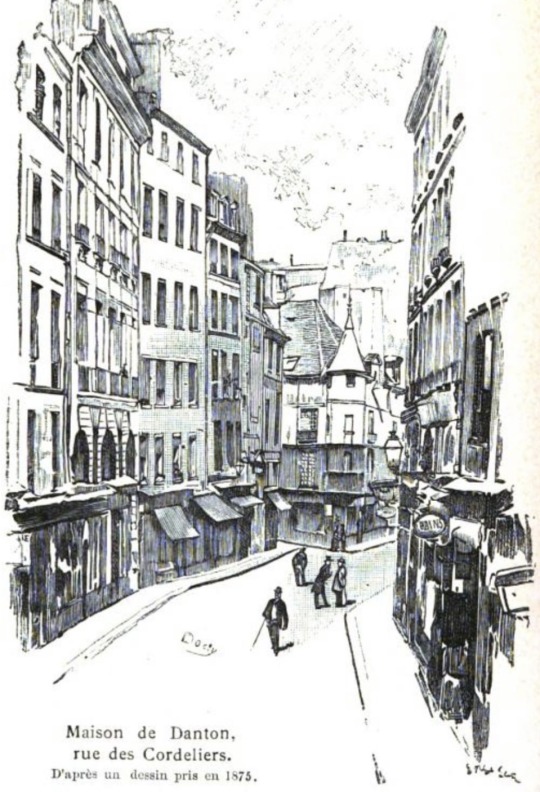
Danton’s apartment on Rue des Cordeliers. From Paris Révolutionnaire, G. Lenotre, 1895
And his house in Arcis:
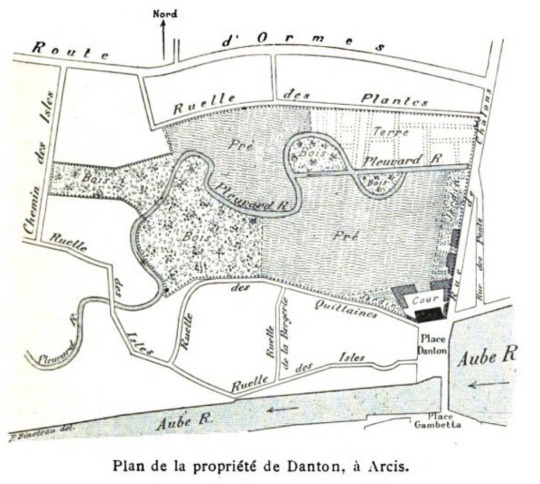


46 notes
·
View notes
Text

"Musée Français de la Carte à Jouer" dans le pavillon d'entrée de l'ancien château construit par les architectes André Le Nôtre et Pierre Bullet pour les Princes de Conti (1681-1709) à Issy-les-Moulineaux, avril 2024.
1 note
·
View note
Text

フランスのメゾン「ルノートル(LENOTRE)」ビスキュイ・フーレ4個入
sables savoureux de chocolat et plus
0 notes
Text
A zonzo per la Francia: Gaston Lenotre

Il maestro della pasticceria francese nel Novecento…
Gaston Lenotre nacque il 28 maggio 1920 a Saint-Nicolas-du-Bosc in Normandia, primogenito di due cuochi che fin dalla sua infanzia lo condussero nel meraviglioso mondo dell’arte della cucina francese.
Poco più che ventenne Gaston dovette affrontare il terribile periodo della Seconda Guerra Mondiale, anni dove il settore gastronomico in gran parte del mondo crollò totalmente.
Nell’immediato dopoguerra, il giovane cuoco dimostrò una grande forza d’animo e iniziò a girare Parigi con la bicicletta vendendo i suoi cioccolatini a chi incontrava per strada e nel 1947 riuscì, con la prima moglie Colette, ad aprire la sua prima pasticceria nel leggendario 16esimo arrondissement.
Gaston si fece notare da subito, infatti nelle sue ricette ridusse le quantità di zucchero e farina, oltre a sostituire a classica crema pasticcera con una mousse aromatizzata anche con frutti tropicali come la guava, il lime e il mango.
I suoi dolci erano leggeri, freschi e il burro utilizzato era sempre il migliore sul mercato oltre ad aver portato, primo in Europa, la cultura culinaria giapponese soprattutto per l’arte dell’impiattamento, dove il dolce deve apparire accattivante ed elegante nascondendo la tecnica e la precisione necessarie a realizzarlo.
Tra le sue innovazioni tecniche ci furono il raffreddamento controllato veloce e l’utilizzo della gelatina nelle mousse, oggi usate dai più grandi pasticceri e che permettono una migliore conservazione del dolce.
Dalla fine degli anni sessanta Gaston aprì una società di catering, oltre a diversi ristoranti che conquistano le tre stelle Michelin e una scuola di cucina a Parigi da dove sono usciti fino ad oggi quasi tremila professionisti che sono ancora parte del mondo gastronomico francese.
Amava spesso dire che “La pasticceria è il miglior allenamento anche per gli chef grazie alla precisione e alla perfezione necessarie; il pasticciere invece deve conoscere i sapori e giocare con gli abbinamenti andando anche oltre la classica dolcezza“ al punto che Paul Bocuse, suo grande amico e collega, dopo aver assaggiato l’Operà, la torta di mandorle farcita con crema al caffè e glassata al cioccolato di sua invenzione, disse che “Gaston sorprende come Monsieur Dior nella moda“.
Nel 1982 il pasticcere fondò, con Bocuse e Roger Vergé, il Pavillon de France pressò il Walt Disney World Resort di Orlando, in Florida.
Gaston Lenotre morì l'8 gennaio 2009 nella sua casa di Sennely ed è sepolto nella basilica di Notre-Dame-de-la-Couture, a Bernay e suo nipote Patrick continua la sua storia come rinomato chef e pasticcere.
Read the full article
0 notes
Text
Marion Sigaut présente « Sous la Révolution » de G. Lenotre
Sous la Révolution, ou l’Histoire au quotidien : les émeutes par ceux qui les ont vécues, les crimes par ceux qui les ont commis, les jugements par eux qui les ont rendus ou subis. L’Histoire des petites gens, des acteurs, des témoins, des victimes et des bourreaux. La vision de la fourmi, celle des détails, opposée à celle de l’aigle qui ne voit que l’ensemble.
L’Histoire avec laquelle on ne…
youtube
View On WordPress
0 notes